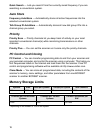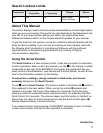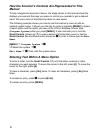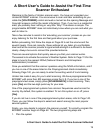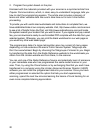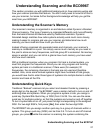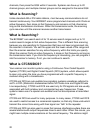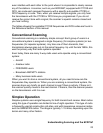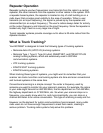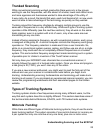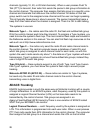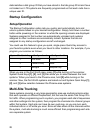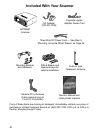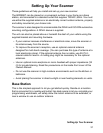24
Repeater Operation
Repeater systems use two frequencies: one transmits from the radio to a central
repeater; the other transmits from the repeater to other radios in the system. With
a repeater-based system, the repeater is located on top of a tall building or on a
radio tower that provides great visibility to the area of operation. When a user
transmits (on an input frequency), the signal is picked up by the repeater and
retransmitted (on an output frequency). The user’s radios always listen for activity
on the output frequency and transmit on the input frequency. Since the repeater is
located very high, there is a very large line of sight.
Typical repeater systems provide coverage out to about a 25-mile radius from the
repeater location.
What is Trunk Tracking?
Your BCD996T is designed to track the following types of trunking systems.
• Motorola Astro 25 (APCO 25) trunking systems.
• Motorola Type I, Type II, Type IIi hybrid, SMARTNET, and PRIVACYPLUS
analog trunking systems, which are extensively used in 800 MHz
communication systems.
• LTR trunking systems
• EDACS SCAT trunking systems
• EDACS trunking systems
When tracking these types of systems, you might want to remember that your
scanner can track more than one trunking system at a time and scan conventional
and trunked systems at the same time.
Conventional scanning is a simple concept. You enter a frequency used by
someone you want to monitor into your scanner’s memory. For example, the police
in your area might transmit on 460.500 MHz, the fire department on 154.445 MHz,
the highway department on 37.900 MHz, etc. So when your scanner stops on a
frequency, you usually know who it is, and more importantly, you can stop on a
channel and listen to an entire conversation. This type of scanning is easy and fun.
However, as the demand for public communications has increased, many public
radio users do not have enough frequencies to meet their needs, creating a
serious problem. Trunking radio systems help solve this problem.



